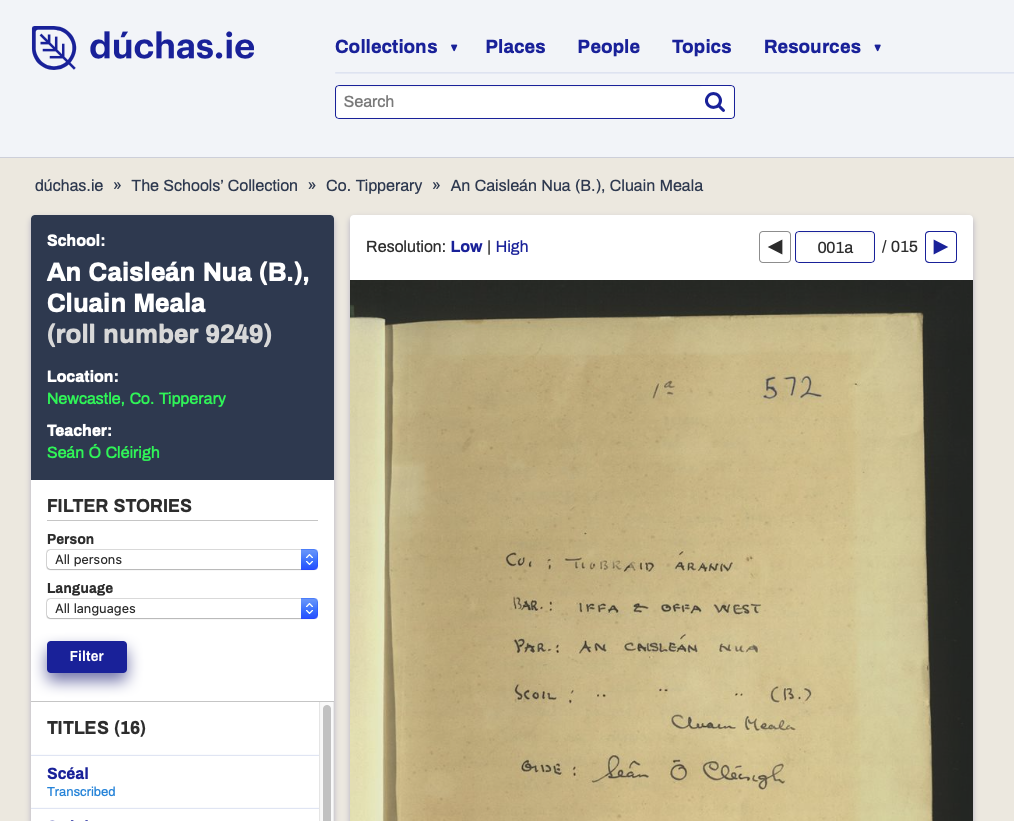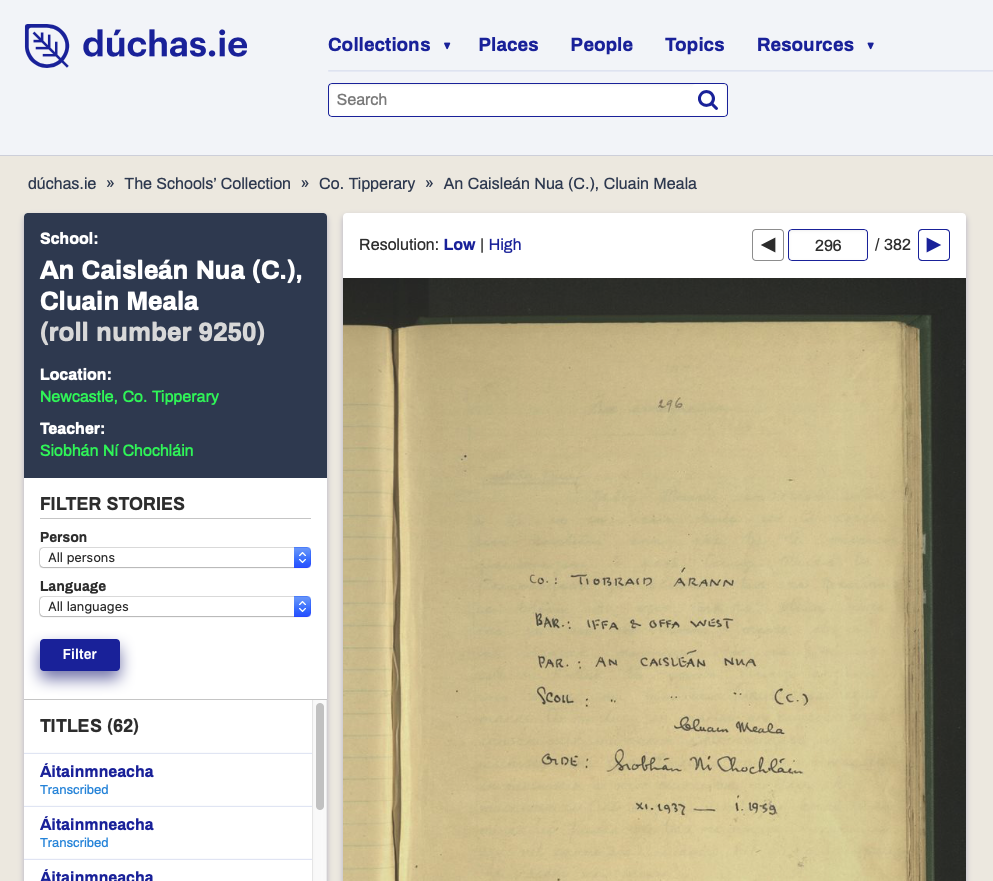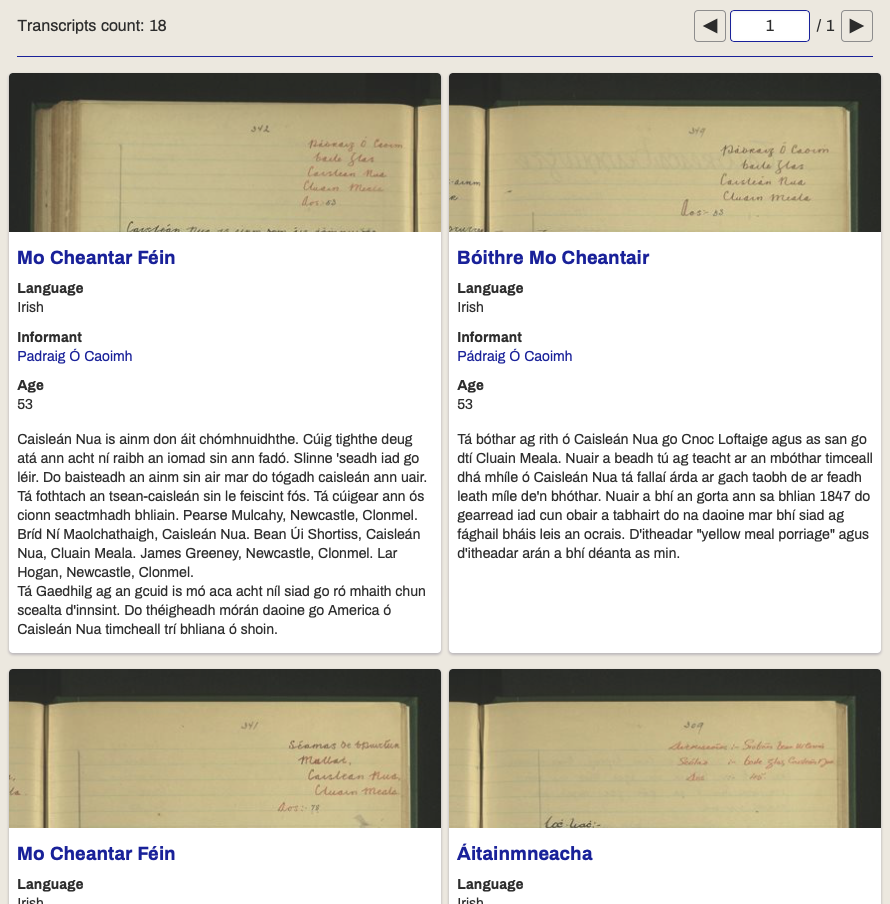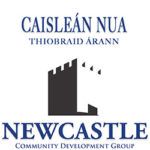The term ‘Gaeltacht’ is used to denote those areas in Ireland where the Irish language is, or was until the recent past, the main spoken language of a substantial number of the local population. The Gaeltacht areas are defined by Government order and every successive government has recognised the need for specific measures, structures and funding to ensure the maintenance of these communities.
The existence of areas where Irish lives as a community language is an important cornerstone in the building of a bilingual society in Ireland, and it provides an environment where the language can evolve naturally in a modern setting.
National Folklore Collection (NFC) and its collections
The objectives of the National Folklore Collection (NFC) are to collect, preserve and disseminate the oral tradition of Ireland. The NFC, which is located in UCD, includes the following records:
- c.2 million manuscript pages
- c.500,000 index cards
- c.12,000 hours of sound recordings
- c.80,000 photographs
- c.1,000 hours of video material
The original holdings of the NFC are divided into collections: Below is a link to the Duchas.ie website for the ‘Schools Collection‘ which includes Newcastle school children’s stories.
The National Folklore Collection, University College Dublin and is held in trust for the people of Ireland.
An Caisleán Nua (B.), Cluain Meala (roll number 9249)
Location: Newcastle, Co. Tipperary Teacher: Seán Ó Cléirigh
An Caisleán Nua (C.), Cluain Meala (roll number 9250)
Location: Newcastle, Co. Tipperary Teacher: Siobhán Ní Chochláin
Transcripts from Caisleán Nua students in the National Schools Collection.
Click on Image below to go to these transcripts on the Dúchas website.






